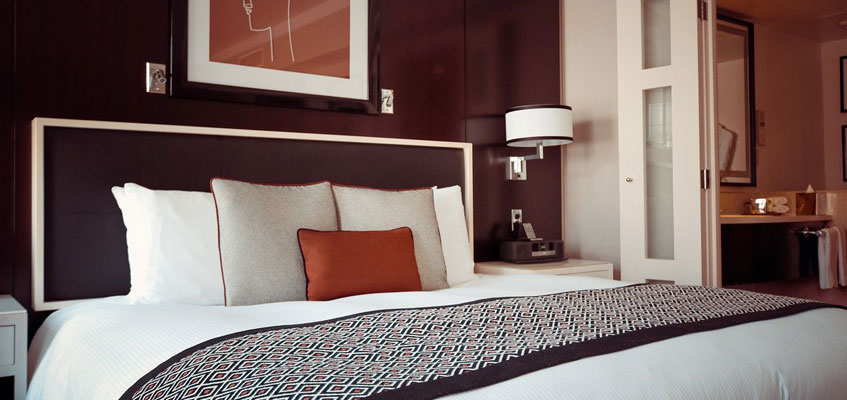Evidence of co-branding done right is a vast ocean of past experiences to learn from. The results can be anywhere from disastrous to monumentally successful, depending on how you play the cards. Many people think that complimentary branding is something that “just happens”; in reality, there’s a lot of work and thought that goes into a brand merge like Dunkin’ and Baskin Robin’s. Furthermore, it’s of the utmost importance that the operation staff is briefed properly and is committed to making a co-brand successful.
Finding the Right Pair
One of the preliminary, key starting points for co-branding to be done right is that the two (or more) brands must have synergy. This, put simply, means that the two operations complement each other in a way that makes sense to both the operators and the customers. For example, it would be strange to have a fish chowder restaurant together with an ice cream parlor. While it may appear, at first glance, that the ice cream parlor would supplement the snack and late day parts, you’ll soon discover that the contradicting smells and sensory information will be off-putting to the customers.
Paramount to Success – Operators
No one will argue the fact that a location’s manager has immense influence over the success of the business. From interaction with employees to dealings with customers, products, and the building itself, operators are the heart of the operation. If they don’t feel committed to making a co-brand work, you’ll be hard-pressed to see a return on investment. Before considering the addition of a co-brand, always ask yourself: “is management up to the task?” If not, consider trying your brand combination in a different location or try shuffling management around.
Complementary Branding Success Stories
The Hyatt House and Wharf & Canopy
Everyone always talks about food chains and fast service restaurants in the co-branding world, but there are so many more types of businesses that can leverage this tactic. For example, these two hotels in Washington D.C. have combined certain shared services under one roof. The Hyatt House and Wharf & Canopy share a fitness center, one of the most expensive things to build for a hotel. This strategic move allows both hotels to offer something many other places cannot – something customers are excited to see when they check-in.
In addition to the brilliant shared fitness space, the two hotels have a shared courtyard, back-room storage area, and they even share employees from time to time. Since the two operations are so similar, it was easy to integrate them together in order to create a mutually beneficial symbiosis.
The Aloft Austin Downtown and Element Austin Downtown
This experiment in co-branding in Austin, Texas goes to show how much guests appreciate a streamlined approach to hotel management. At the dual-brand Aloft/ Element, both the staff and General Manager are shared entities between the two enterprises. In fact, even the sales system is shared between the two front desks. Each system allows check-in to the other company’s rooms; this allows for a more seamless experience for the customer, something everyone appreciates.
The Bottom Line
Co-branding is a strategy that is wildly beneficial for some enterprises – if you’re willing to put in the planning, consideration, and long-term adaptation that may be required. In order for co-branding to be done right, admit that you cannot force a successful complementary brand pair, and it becomes a more streamlined task; keep the venue simple until the perfect fit has been located, then market it for all it’s worth! Play your cards right, and the benefit can be enormous. If the big companies have taught us anything, it’s that complementary branding can be a great tool in our marketing toolbox – we just need to know how to use it.

